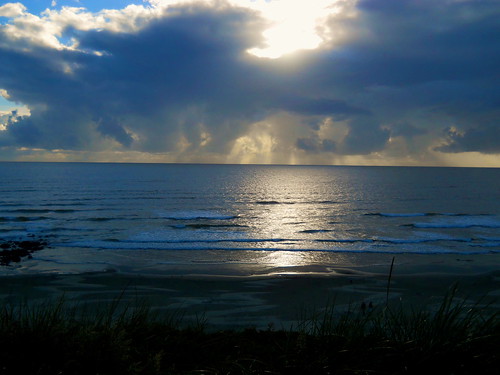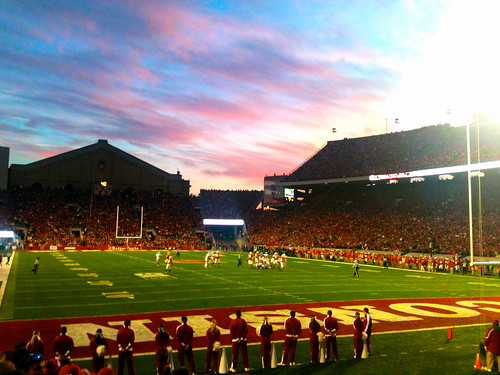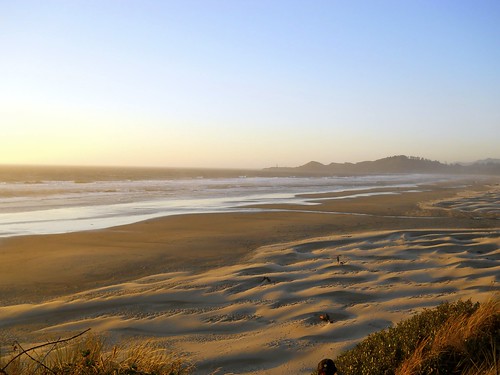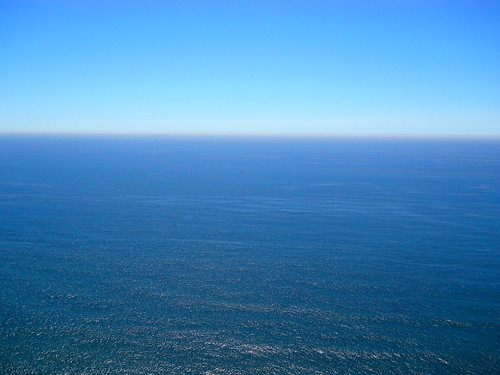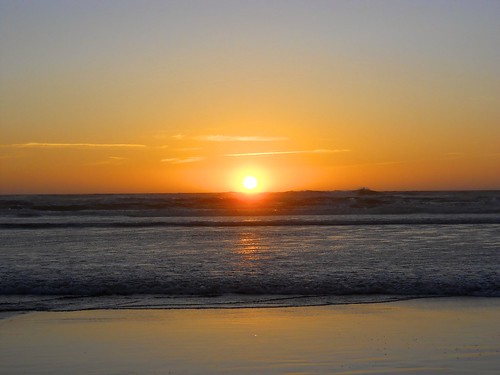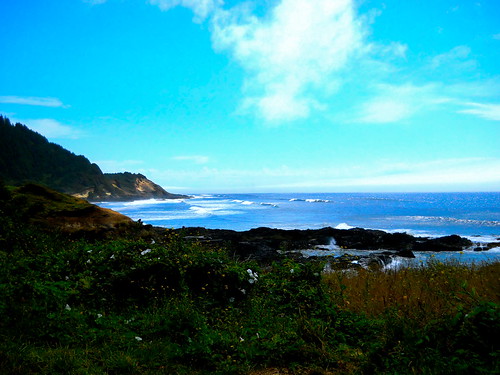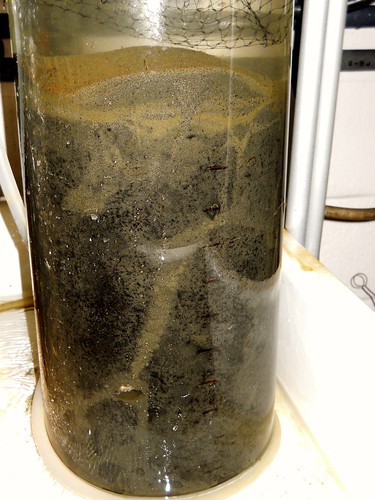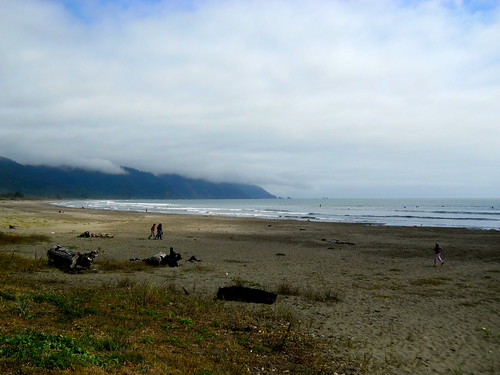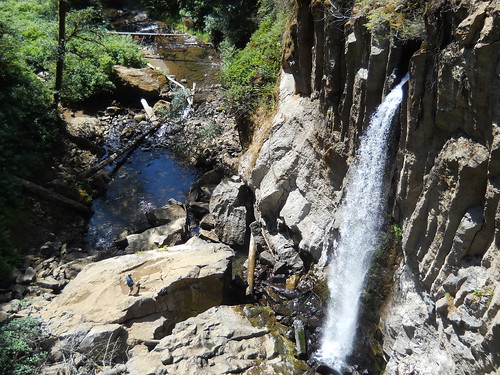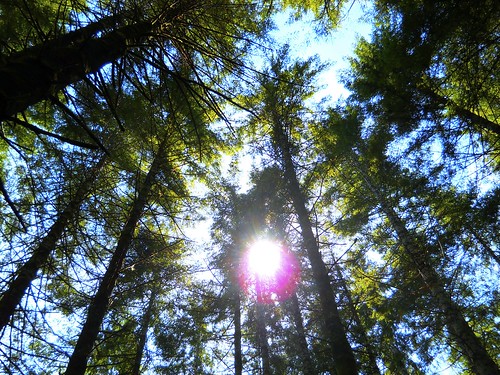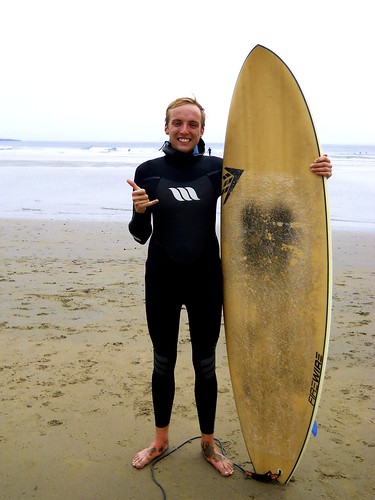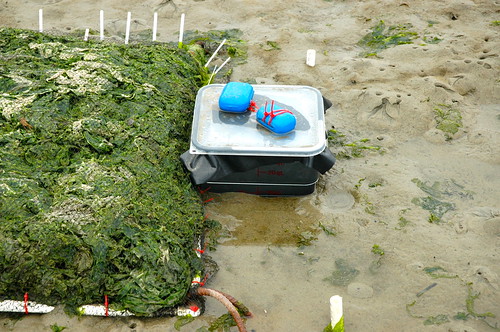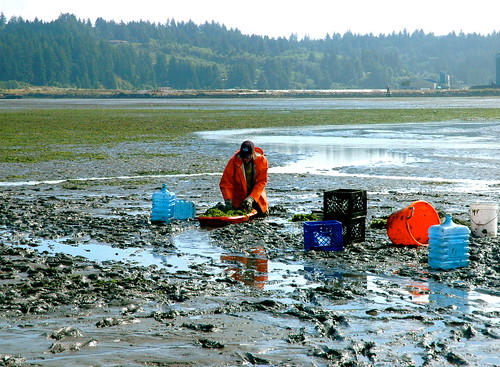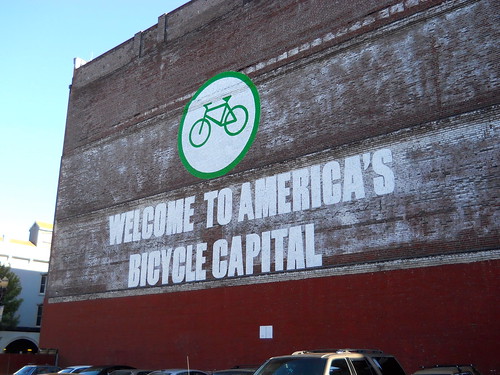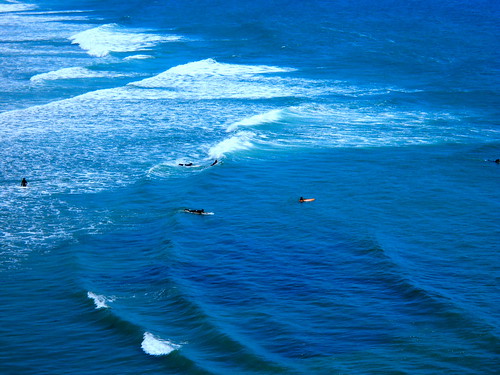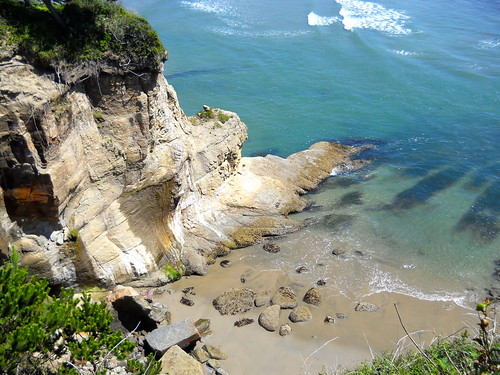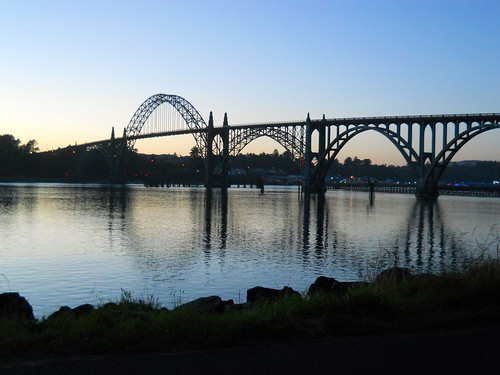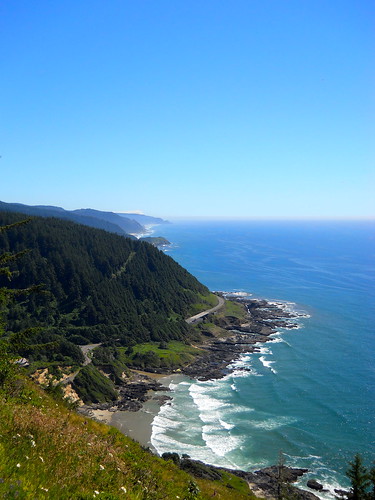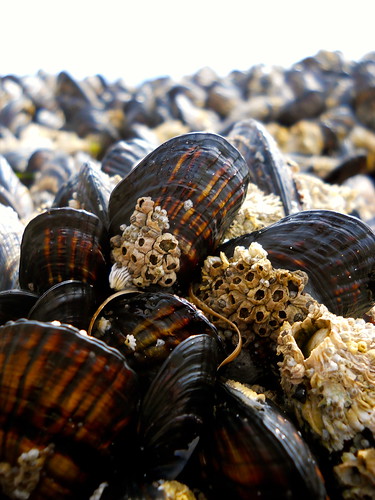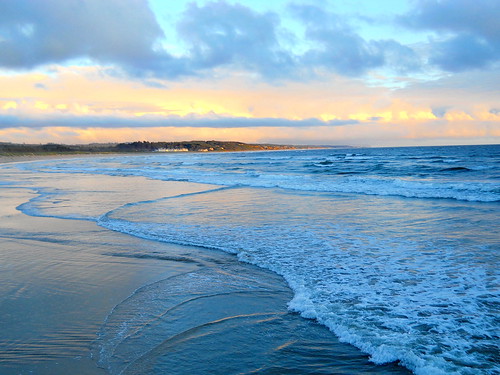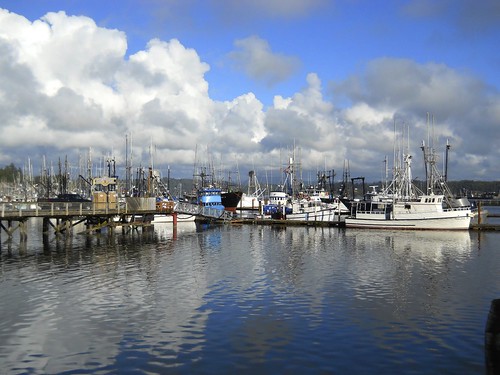Life sure is good here on the West Coast, especially in Oregon. Week 5 marks the halfway point of my time here in the Beaver State, and things are still in full swing at the EPA. The past week has been full of fieldwork and the coming weeks look to be the same; and I couldn’t be more excited!
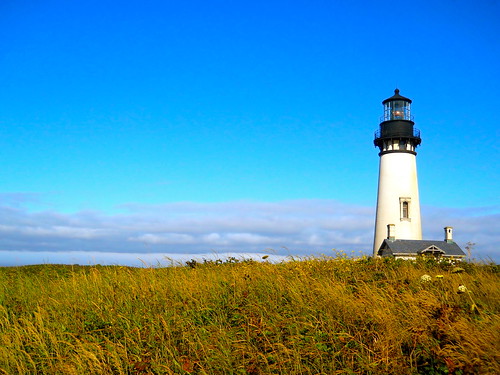
In the first few weeks of my internship we were studying sediment oxidation in the estuary under natural conditions. This means that we went out into the tide flats and observed the sediment as is. The next phase of our project is to try and add some control to things. This coming week we will be going out into the estuary and setting up different plots with varying amounts of algae covering the sediment surface. More clear, plastic food storage containers will be placed into the sediment like before, except this time, on either side of them, there will be one meter quadrants with netting, holding down a specified amount of algae. This will allow us to see how different amounts of algae can impact sediment oxidation in a more coordinated way.
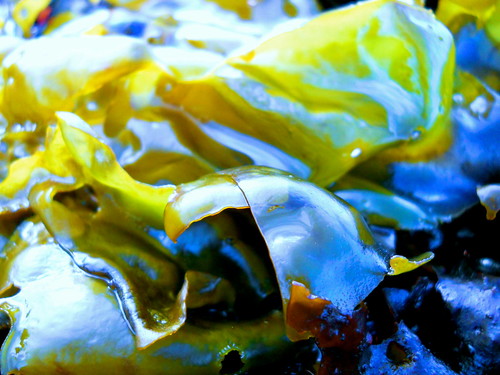
Additionally, we are hoping to learn about how estuary organism can impact sediment oxidation, especially burrowing shrimp. To study this, we will be putting some plots in areas where there is a high amount of shrimp burrowing, which creates features that look like mini volcanoes from the surface. Two of our plots will be put in ghost shrimp areas, two in mud shrimp areas, and two more will be placed where the sediment is mostly free of burrowing shrimp. We are hoping that these experiments will give us a really good picture of what is happening beneath the surface of the estuary here in Newport.
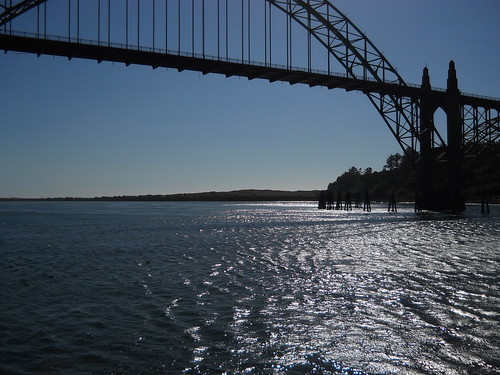
This past weekend was Oregon State University’s annual science and art festival called da Vinci Days. Myself along with the other Sea Grant interns created posters about our research and presented our work to the people who attended the event. Before presenting, we learned a lot about how to effectively communicate science to the public in a way that makes sense and allows them to understand a topic which can often times be quite challenging to grasp. I though it was great practice, and I know that the things I learned will help me throughout my career as a scientist.
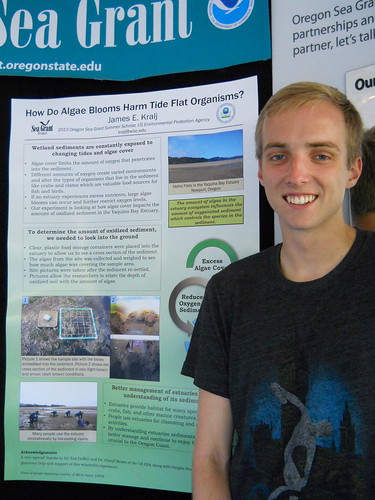
Da Vinci Days was opened by a talk from Dr. Jane Lubchenco, a professor at Oregon State University and the former director of the National Oceanic and Atmospheric Administration. She served as NOAA’s director for 4 years and during her talk she shared many stories about her time in Washington D. C. As someone who has always been interested in politics and policy in addition to marine science, I found it to be a very eye-opening experience. I never through about combining my passions for the oceans and policy into one, but after hearing her stories and about her time with NOAA, I realized that it could be a very real prospect. After her talk I was able to personally speak with Dr. Lubchenco and she offered me some advice for preparing for a career in marine science. I was told to “keep getting my feet wet” and to get as much experience as I can; it looks like I am on the right track! It truly was a once in a lifetime experience that I will never forget!
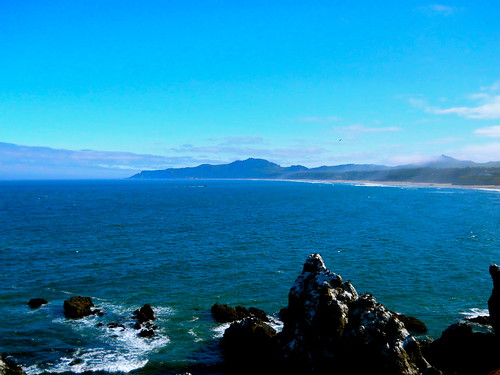
I was also able to squeeze in a little volunteer work this week. I was able to help with a project being run by Cheryl Horton who is a graduate student studying murre colonies along the Oregon Coast. A murre is a seabird and Cheryl is studying the colonies and how they respond to disturbances from bald eagles and other predatory birds. I was able to help by observing bald eagles on the colony and how they interrupted the birds. I learned a lot about seabirds and it was a great experience to be a part of. Plus, Cheryl took another student volunteer and myself down to the tide pools for a break, which proved to be quite the experience. We were able to see all kinds of marine life and it sure made waking up at 5:15am worthwhile!
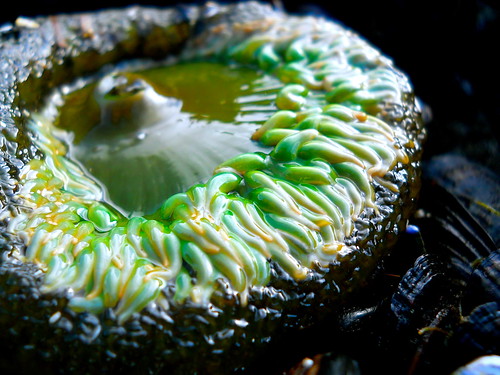
Week after week Oregon continues to impress me with everything it has to offer. Although it has been 5 weeks, I have learned so much about marine science in a way I could never have done otherwise. I cannot wait to see what adventures the second half of my internship holds… stay tuned!

